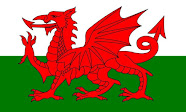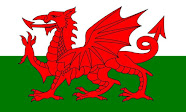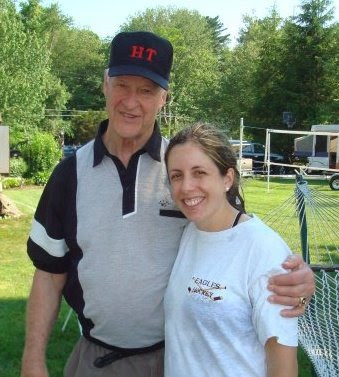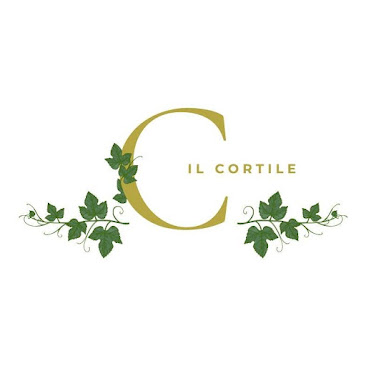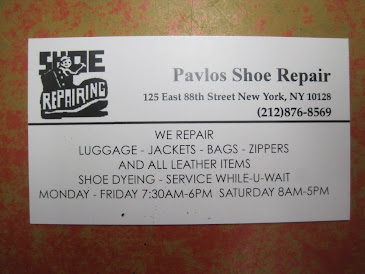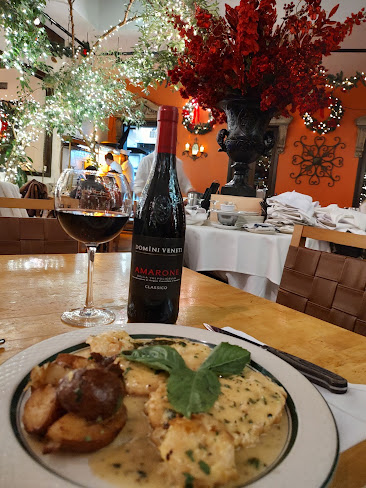The New York Landmarks Conservancy: Celebrating Leadership and Legacy

Celebrating Leadership and Legacy
Each month, the Landmarks Conservancy focuses on a different architectural element, function, or theme. In a slight departure, in March, in honor of New York City History Day and its theme, “Leadership and Legacy,” we’ll recognize the contributions of those individuals who made a difference in helping to protect the rich architectural legacy of this vibrant and extraordinary City.
Such luminaries as Brooke Astor, an early Conservancy supporter who made possible our efforts to save the Fraunces Tavern Block and restore Astor Row; Brendan Gill, our first chair and longtime chairman emeritus who led the charge on saving too many buildings to name here;Senator Daniel Patrick Moynihan, an early trustee who led the fight to create a transportation hub within the landmark Farley Post Office, convinced President Clinton to return Governors Island to the City and State, and who with Donald Oresman, a Conservancy board chair, were the force behind our efforts to save the U.S. Custom House on Bowling Green; and Jacqueline Kennedy Onassis, who rallied the public to save Grand Central.
The list also includes Joan Davidson, Barbaralee Diamonstein-Spielvogel, James Marston Fitch, Margot Gayle, Ada Louise Huxtable, Jane Jacobs, Nancy and Otis Pearsall, Halina Rosenthal, and Arlene Simon ... all dedicated and passionate New Yorkers who fought to protect the City’s art, architecture, and history.
Their stories are especially poignant as we celebrate the 50th anniversary of the New York City Landmarks Law this year.
Look for posts and pictures about these visionary leaders and the landmarks they helped save on our Facebook and Twitter platforms.
We’ll also explore their inspiration for preserving New York’s architectural heritage through our Tourist In Your Own Town video series (now seen more than 56,000 times) and our popular Mystery Landmark competition.
Since 1990, the Museum of the City of New York has hosted New York City History Day, an educational research program that culminates in a competition that engages students in grades 6 to 12 in the discovery and interpretation of historical topics. Click here to learn more.

The Landmarks Conservancy’s first project was an effort to save and reuse Cass Gilbert’s magnificent former Custom House at Bowling Green after the Federal Government abandoned it in the mid-seventies. After exploring several possibilities, U. S. Senator Daniel Patrick Moynihan and Conservancy Board Member Donald Oresman successfully moved a portion of a large collection of American Indian art and artifacts into the Custom House, sending the remainder of the collection to Washington. The collection had been little visited in Upper Manhattan. Thus the Custom House became a branch of the Smithtonian American Indian Museum.
While awaiting a solution, the Conserancy’s exhibit of drawings and photographs, housed in a small pavilion, stood facing the darkened structure keeping the building's fate in the public eye. After the museum was installed, the G.S.A. carried out extensive restoration and renovations in the 1980s for federal facilities in the upper stories and public use below.
















































